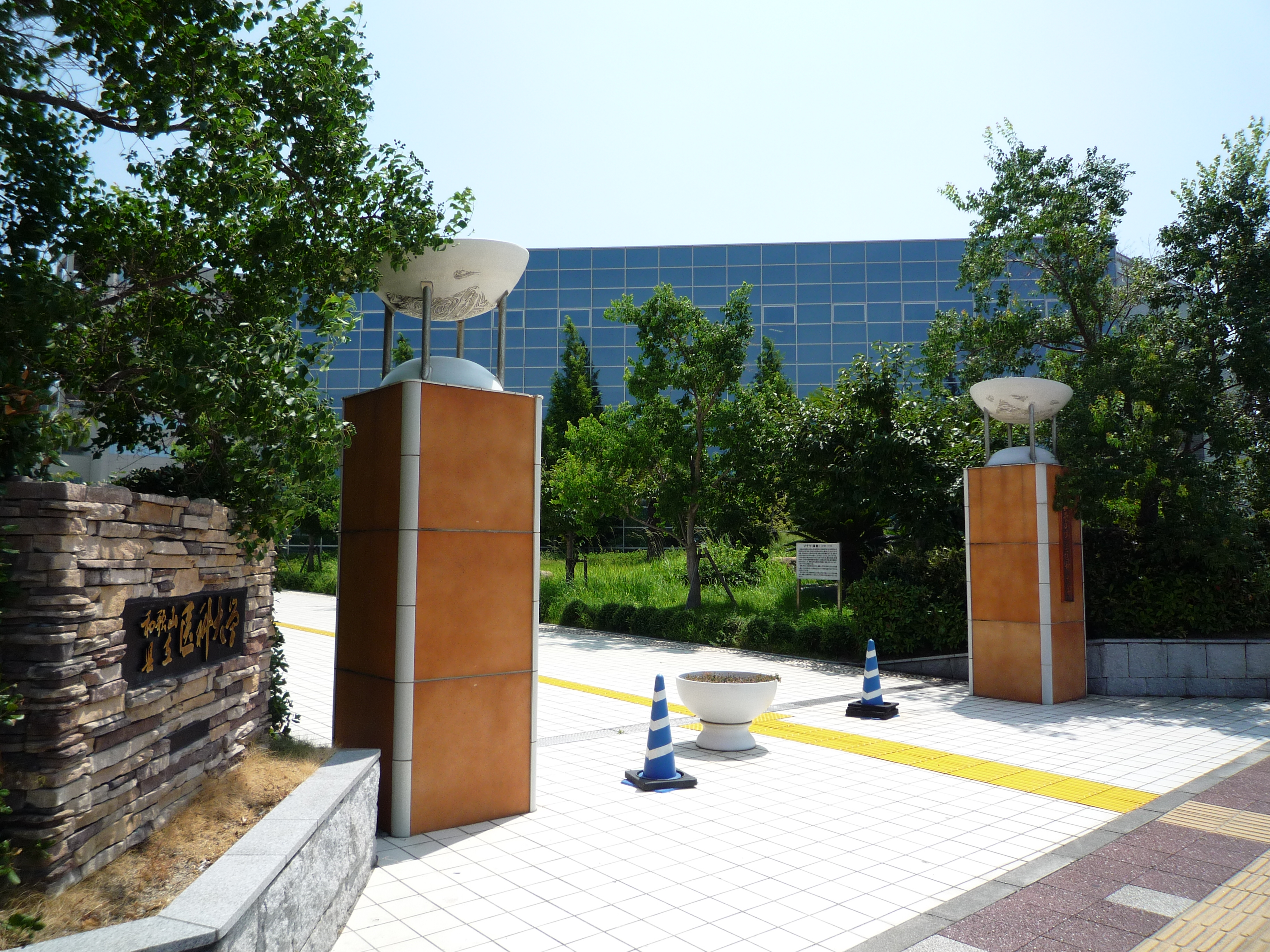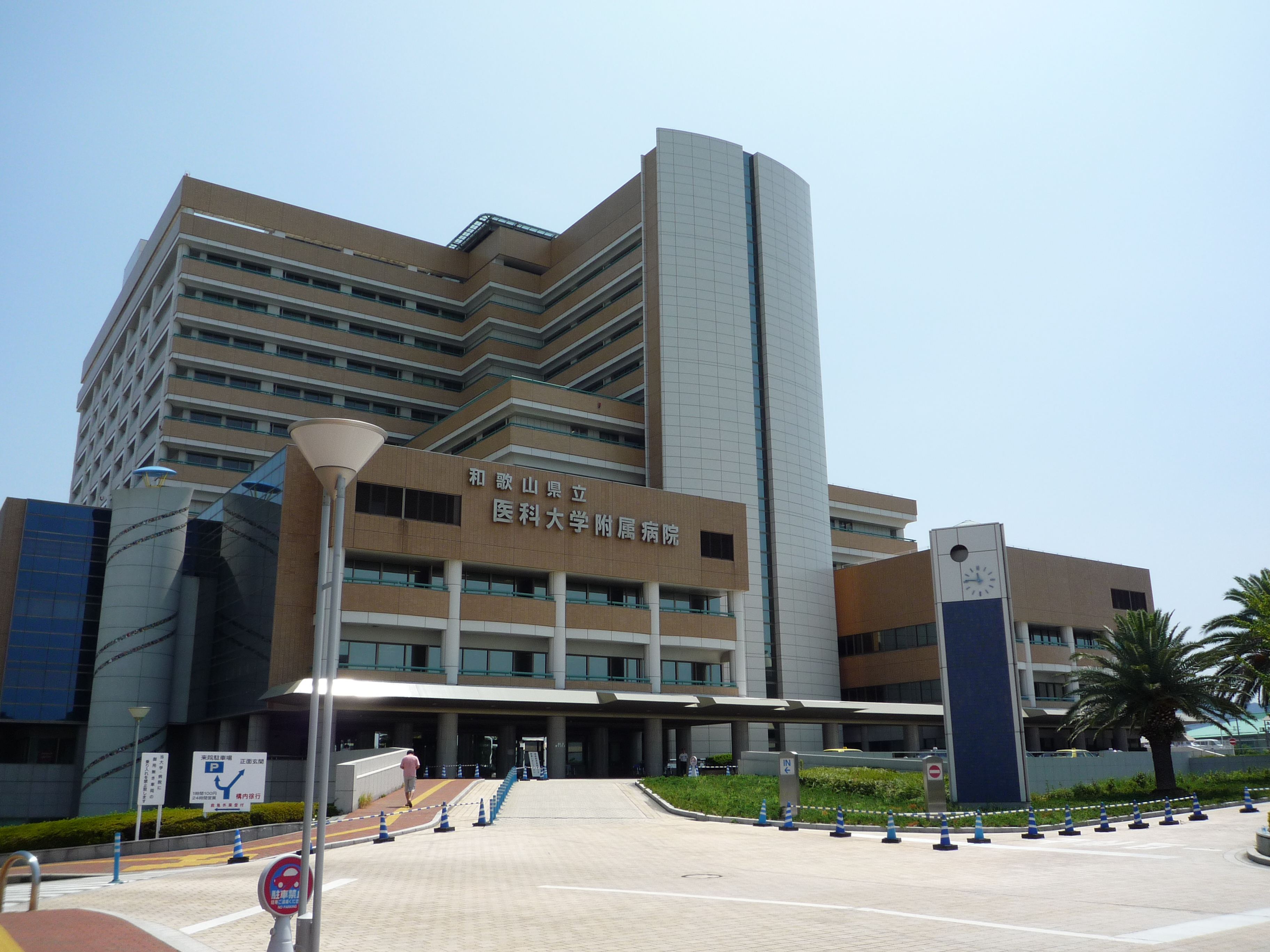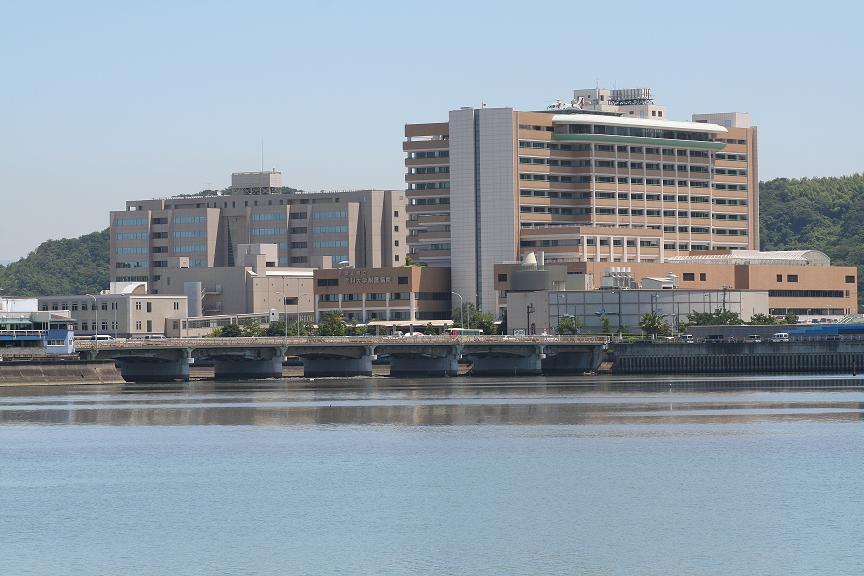Thinking about studying medicine, nursing, or pharmacy in Japan—but not sure where to start? Wakayama Medical University (WMU) is a focused, public medical university with its own teaching hospital on the beautiful Kii Peninsula. This guide walks you through WMU’s mission and story, standout strengths, campus life for international students, exchange options, local climate and lifestyle, and real career outcomes—all with fresh, verified links so you can dig deeper confidently.




Quick-Facts Table
Snapshot of key stats and structure. Figures below are verified from Times Higher Education 2025 profile and WMU’s official pages.
| Item | Data |
|---|---|
| Type (National/Public/Private) | Public (Prefectural) |
| Total Students | 1,917 Source |
| Campuses (Main campus first) | Kimiidera (Main); Mikazura; Fukko Source |
| Faculties/Schools | School of Medicine; School of Health & Nursing Science; School of Pharmaceutical Sciences Source |
| Tuition Fees (reference) | ¥535,800 / year (Ph.D. reference; exemptions possible) Source |
| Gender Ratio | 46% F : 54% M Source |
| Intl-Student % | 0% (reported by THE for 2025) Source |
| Students per Staff | 4.4 : 1 Source |
Campus Maps
Kimiidera Campus (Main)
Address: 811-1 Kimiidera, Wakayama-shi 641-8509, Japan
Mikazura Campus (Wakayama City)
Address: 580 Mikazura, Wakayama-shi 641-0011, Japan
Fukko Campus (Wakayama City)
Address: 25-1 Shichibancho, Wakayama-shi 640-8156, Japan
Mission, History & Founding Story
Wakayama Medical University (WMU) is a public (prefectural) university dedicated to education, clinical care, and research that serve both the local community and the wider world. WMU’s official mission emphasizes cultivating ethical, team-centered healthcare professionals who can contribute to regional health while engaging internationally—a theme that runs through the President’s message and the university’s strategic priorities in globalization, DX (digital transformation), and cross-faculty research. University Top (EN)
WMU’s roots trace back to 1945, when the predecessor institution opened in the aftermath of World War II. The university was chartered in 1948 and has steadily grown—from founding its medical school to adding the School of Health & Nursing Science (2004) and the School of Pharmaceutical Sciences (2021). Today, WMU operates three campuses in Wakayama City: Kimiidera (the main site and home to the university hospital), Mikazura (Health & Nursing), and Fukko (Pharmaceutical Sciences). About WMU | History
WMU’s “comprehensive medical university” identity is visible in how learning connects directly to patient care and community needs. The affiliated WMU Hospital anchors hands-on training and regional healthcare; meanwhile, the Graduate School of Medical and Pharmaceutical Sciences (reorganized in April 2024) highlights the university’s push to integrate medicine and pharmacy across research themes such as genomic medicine, drug discovery, and medical data science. Graduate School (EN) | Facilities
WMU’s path forward is framed by a few clear pillars. First, globalization: the university aims to expand international exchange and jointly advance research with overseas partners, embracing the idea that high-quality healthcare draws from worldwide collaboration. Second, digital innovation: DX initiatives—from electronic medical records to AI-assisted “smart hospital” concepts—are designed to raise both efficiency and patient outcomes. Third, regional contribution: as the core advanced care provider in Wakayama Prefecture, WMU positions education and clinical services to support an aging society while strengthening networks with local institutions. President’s message & priorities
Key Strengths & Unique Features
Flagship: Medicine + Teaching Hospital
WMU’s School of Medicine blends classroom learning with hospital-based training, culminating in clinical skills practice (e.g., OSCE/CBT) and rotations in the affiliated WMU Hospital. Students encounter a full spectrum of specialties on site—from cardiovascular medicine and pediatrics to oncology—supported by modern facilities and a clear clinical-education interface. School of Medicine | University Hospital | Cardiovascular Medicine (Dept.) | Hospital floor guide (JP)
Interprofessional Education: Nursing & Pharmacy
WMU’s three-school model (Medicine, Health & Nursing, Pharmaceutical Sciences) makes it easy to collaborate across disciplines—the reality of modern healthcare. Nursing and pharmacy students benefit from the hospital’s environment and community placements, while programs emphasize clinical readiness and regional contribution. Pharmacy admissions and curriculum guidance are clearly outlined in official documents (JP). Undergraduate Schools | Pharmacy FAQ (JP) | Pharmacy Application Guideline PDF (JP)
Innovation in Care: Privacy‑First Sensor Trials
WMU has collaborated with Fujitsu on millimeter‑wave sensor trials that detect falls without cameras, supporting safer elder care while respecting privacy. The trials ran through March 2024, and Fujitsu subsequently announced a production system in 2025. For students, this is a live example of research-to-practice innovation happening around the university. Fujitsu–WMU joint trials (press release) | Fujitsu 2025 system release
Global Outlook & Study Abroad Pathways
WMU’s Center for International Relations supports exchange, short-term placements, and practical training with partners in Asia, Europe, and North America. Recent student reports include experiences at the University of Hawai‘i, University of Toronto, Nanyang Technological University, and more (JP). Partner agreements (JP) | Hawai‘i clinical report (JP) | Toronto report (JP)
Student Life for Internationals
Clubs & Circles (Welcoming Culture)
Like most Japanese universities, WMU has a variety of student clubs and circles (サークル) around sports, music, culture, and volunteer service. These are valuable spaces to practice Japanese, meet peers across schools, and feel at home beyond the classroom. (Specific club lists vary by year and are typically published on the Japanese site and on bulletin boards.)
Support Offices (Visa, Housing, Counseling)
The Center for International Relations provides practical support and can arrange temporary housing at the “International Exchange House” (subject to availability). The Study in Japan page also outlines scholarship and daily life links; contact the center for the latest details. Study in Japan (EN) | Center for International Relations (JP)
Language Exchange & Hospital Environment
WMU’s hospital-centric setting means you’ll meet patients and professionals from diverse backgrounds. While much of the campus community uses Japanese day-to-day, labs and clinical settings increasingly welcome global collaboration. Many students organize informal language exchanges; your lab or mentor can often point you to opportunities aligned with your schedule. Nursing Division (JP)
Partner Institutions & Exchange Options (Outbound)
WMU maintains academic and student exchange agreements across Asia (e.g., Shandong University, Mahidol University, Khon Kaen University, Udayana University), Europe (Charles University, University of Lisbon), and North America (University of Hawai‘i, University of Victoria Lifelong Learning). Selection and language requirements vary by program, so confirm details with the Center for International Relations. Current agreement list (JP)
Local Climate & Lifestyle
Weather—Recent Patterns (5-year window)
Wakayama City has warm, humid summers and mild winters. As a reference point, Japan Meteorological Agency (JMA) data for 2022 show average monthly temperatures of 27.8°C in July and 29.2°C in August—hot months where daytime highs often exceed 30°C. In winter, January averaged about 5.6°C. Use the JMA dataset to explore monthly highs/lows year by year. JMA Wakayama 2022 (temps)
Living Costs & Day‑to‑Day
For budgeting in Japan, JASSO’s Studieren in Japan pages provide benchmarks for housing, food, and transportation. WMU’s “Study in Japan” page details tuition (¥535,800/year for the Ph.D. course as a reference) and notes potential fee exemptions. JASSO: Cost of living | WMU Study in Japan
City Vibe & Safety
Wakayama City is mid-sized by Japanese standards with quick access to beaches, mountains, and shrines. The Kimiidera campus sits on a hill near the coast; the area is known for a slower pace than major metros. As always, review your embassy’s travel advice and consult WMU for localized safety and disaster-preparedness information.
International Student Statistics
According to Times Higher Education’s 2025 profile of WMU, the reported international student percentage is 0% and the student body totals 1,917, with a 46% female to 54% male gender ratio and a students-per-staff figure of 4.4. This suggests that while WMU’s programs are open to internationals, the current cohort is still very small; applicants should directly consult WMU on admission pathways and support. THE profile (2025)
Career & Graduate Prospects
WMU publishes outcome snapshots via its IR “Fact Sheet,” including prefecture employment rates and clinical readiness milestones. For example, the latest fact sheet (2025/04) summarizes OSCE/CBT attainment and shows strong local placement into Wakayama Prefecture healthcare settings (including WMU Hospital). Review program-by-program details with your faculty, especially if you plan to transition to residency/positions within Japan. WMU Fact Sheet 2025/04 (JP, PDF) | Education/Employment Information (JP)

